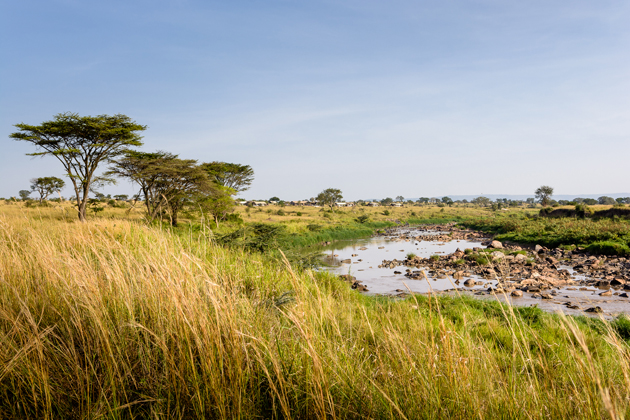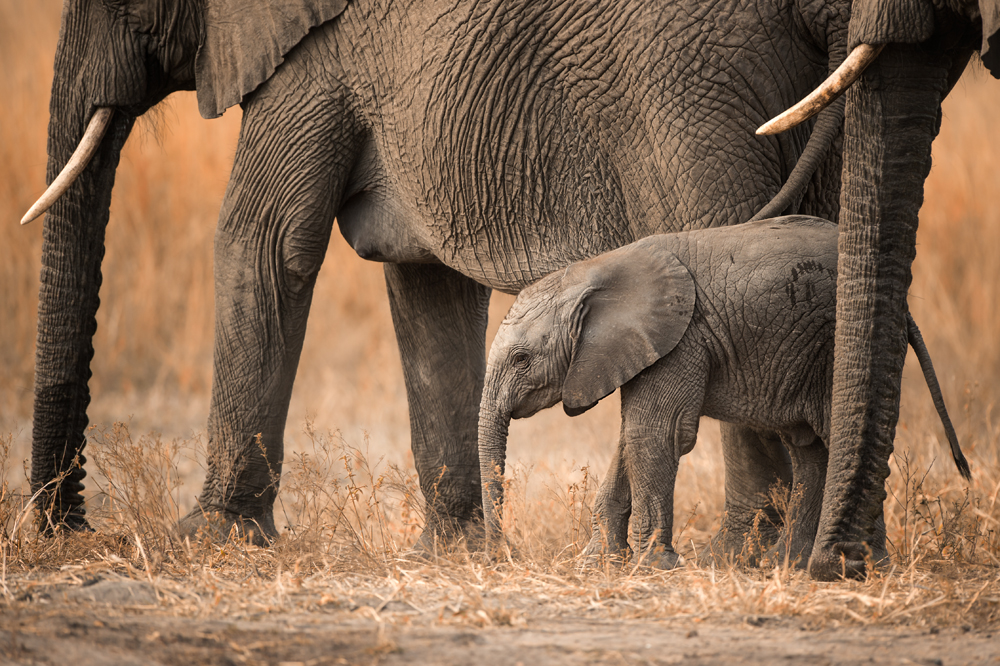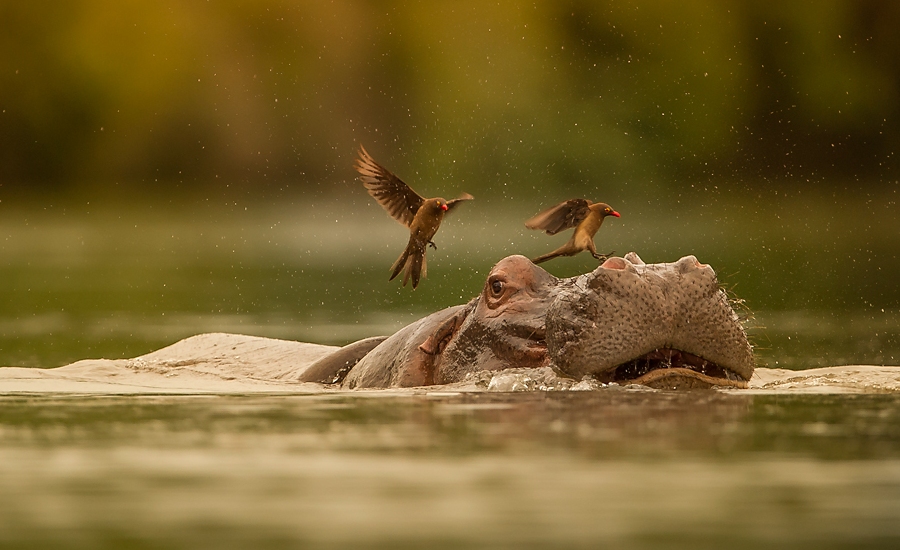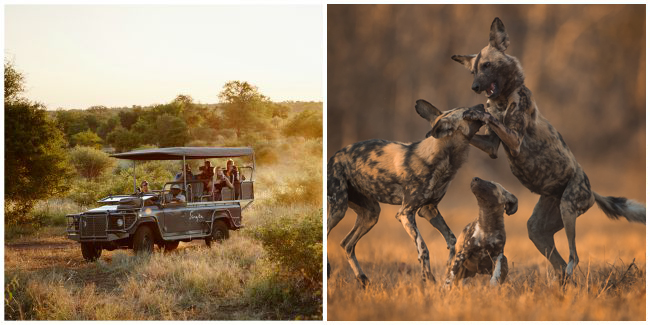Conservation at our Core
For most safari travellers, the first image that’ll spring to mind when they think of Singita is a luxury lodge parachuted effortlessly into the wilderness. It could also be the smiling face of the guide that took them deep into the bushveld, and returned them safely home that night. Perhaps it’s the crackling fire and star-spangled sky during a memorable boma dinner.
 Singita Mara River Tented Camp, Tanzania
Singita Mara River Tented Camp, Tanzania
For Dave Wright, it’s more likely to be the image of water running freely across the cracked red earth as long-dry streams burst back to life, or elephants trundling through bushveld where wire fences once penned them in. “For many years the perception has been that we are a hospitality company,” says Wright, Environmental Manager at Singita Sabi Sand. “In fact we’re all about conservation.”
Unlike most safari operators, Singita is unique in taking full responsibility for the conservation of the land it operates on, ensuring eco-tourism and eco-systems work hand-in-hand. “Many companies contribute financially to conservation through lease and concession fees, but they don’t actively conserve the land,” explains Singita’s Chief Operating Officer Mark Witney. “Except for the Singita Kruger National Park concession, we do all the conservation work ourselves. Particularly in Zimbabwe and Tanzania, where specialists within the committee are responsible for the conservation of those areas.”
Underpinning and guiding the group’s work is the unique Conservation Committee, what Witney calls “Singita’s conservation brains trust”. The highly trained Environmental Managers – three of whom hold PhD qualifications in ecology – from each of Singita’s properties form the backbone of the group, bringing decades of scientific and conservation experience to the table. Witney and an outside ecologist provide further input and expertise and the Committee meets regularly through the year, travelling to one of the Singita properties to share research and conservation lessons.
Malilangwe Wildlife Reserve in south-eastern Zimbabwe, home to Singita Pamushana Lodge, is a perfect example. This 50 000-hectare wilderness, previously an old cattle ranch, has been rehabilitated and transformed into “a successful conservation project that has been given back to wildlife,” says Witney. Before the establishment of the Reserve only a handful of common antelope were found on the land. Today, game is abundant across the property with healthy populations of endangered rhinoceros, as well as the rare sable which were successfully reintroduced to the region.
Likewise in Tanzania, the 150 000 hectares of land under Singita’s custodianship were once poorly managed and over-utilised hunting concessions.
Another significant success story is the dropping of fences between the privately-owned Sabi Sand Nature Reserve and the state-owned Kruger National Park in the mid-1990s. Within days the reserve changed from a fenced-off island of bushveld, to part of a wider ecosystem. “For the elephants it was like opening the gates of an ice-cream factory,” chuckles Wright. “Previously bush encroachment was a big issue and we had to introduce elephant. When the fence came down that changed completely, particularly in the winter when elephants follow the conduits of green vegetation along the Sand River. Now we have well over 1000 elephant on the property.”
While managing and restoring the land is key, ensuring the lodges touch the earth lightly is equally important. At each property the Environmental Manager ensures that the footprint of the lodge is kept to a minimum, with everything from waste disposal to power generation constantly assessed for ways to reduce any adverse impact on the environment. “Here at Singita Boulders Lodge we’ve moved all of our electrical power lines underground, and we’ve also improved the sourcing of water by tapping into underground aquifers adjacent to the river, so there’s a reliable water supply,” explains Wright.
While guests may leave with a lifetime of wilderness memories, the luxury lodges and superlative game viewing is really just the tip of Singita’s conservation iceberg. And if you find yourself at Singita Boulders Lodge in the Sabi Sand; don’t forget to ask Dave about that fence...
You can find out more about Singita's ongoing nature and wildlife conservation projects on our website. These include a rhino reintroduction programme in Zimbabwe, support for wildlife research in the Kruger National Park and a successful anti-poaching unit in the Serengeti.


